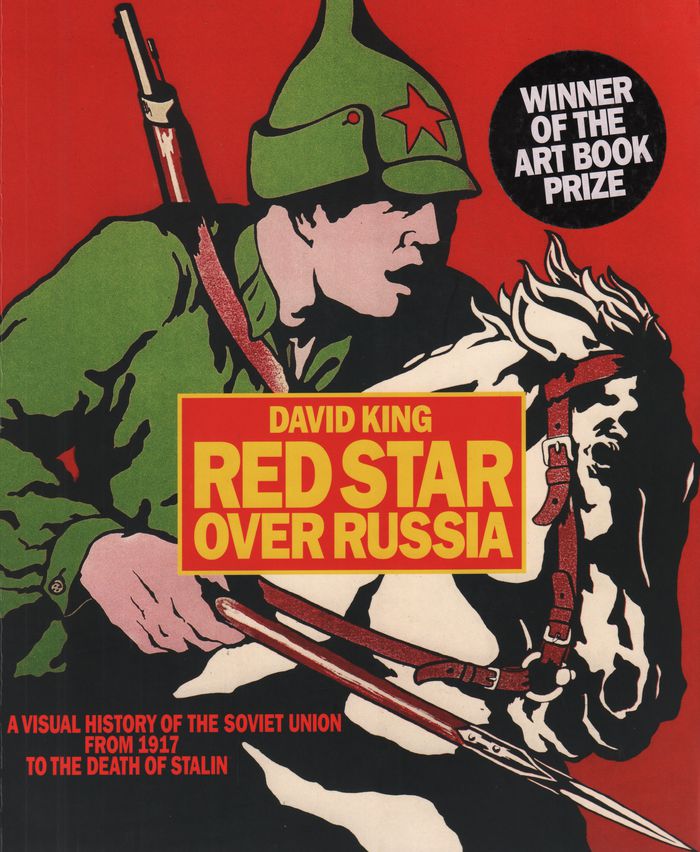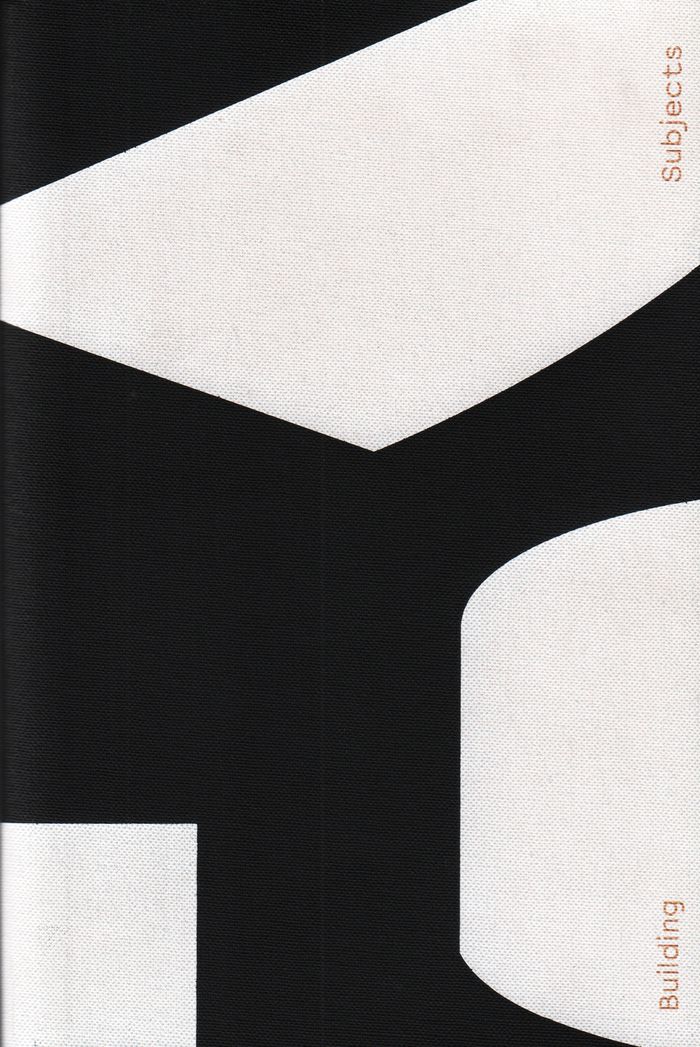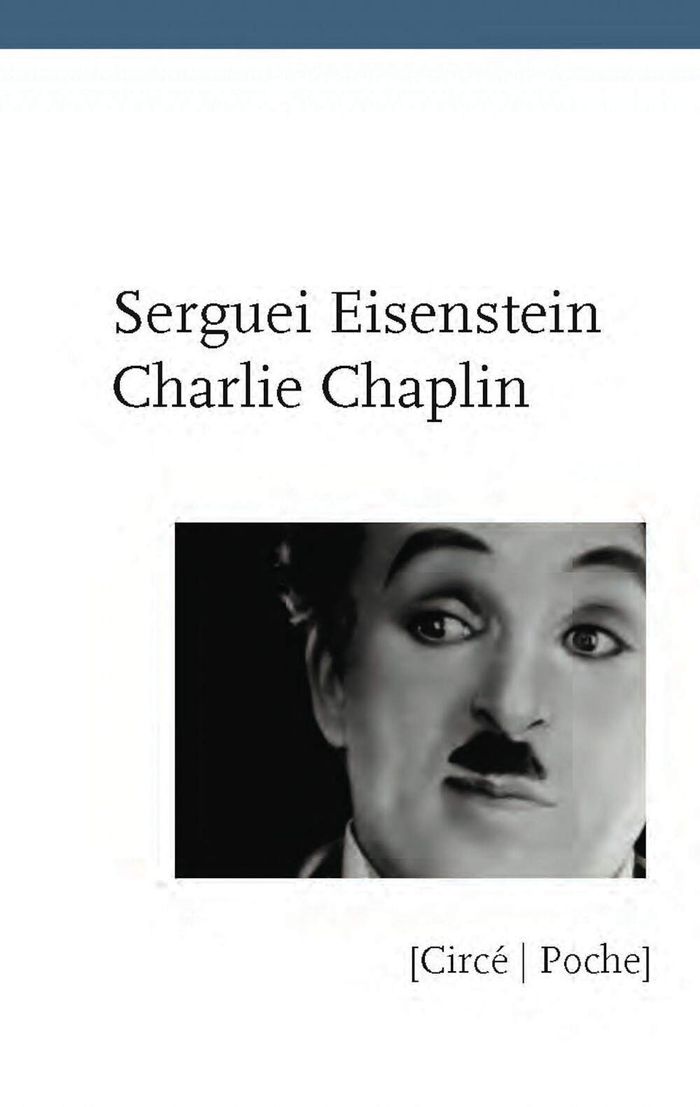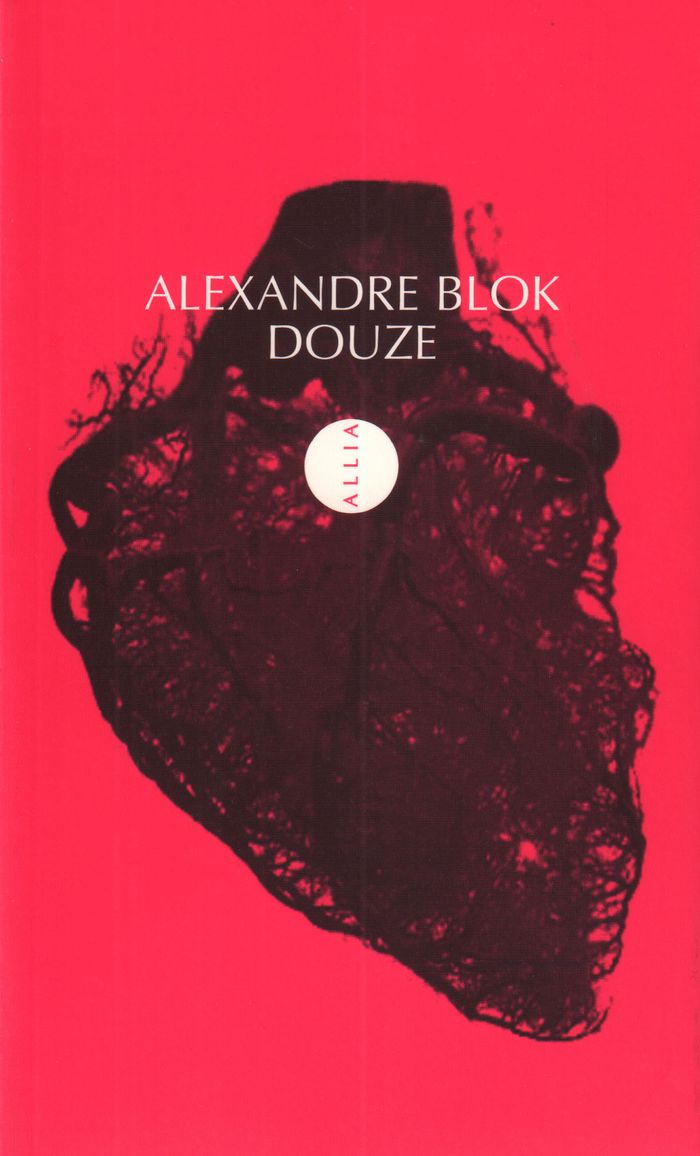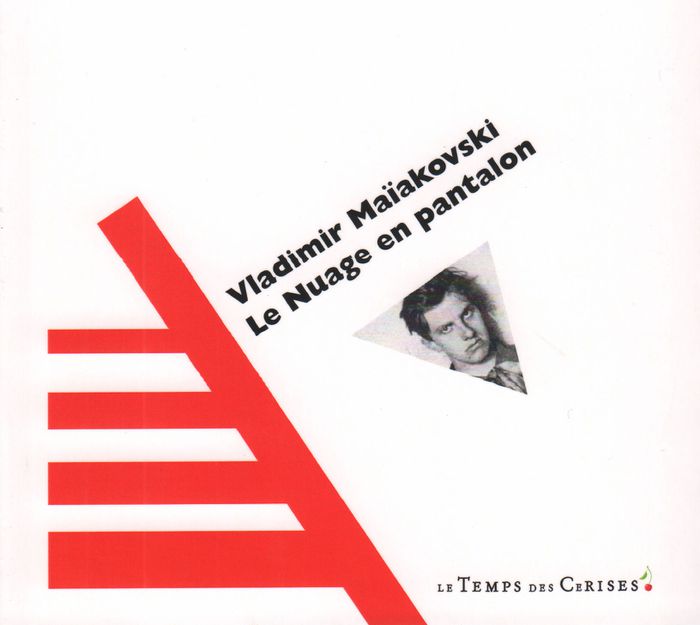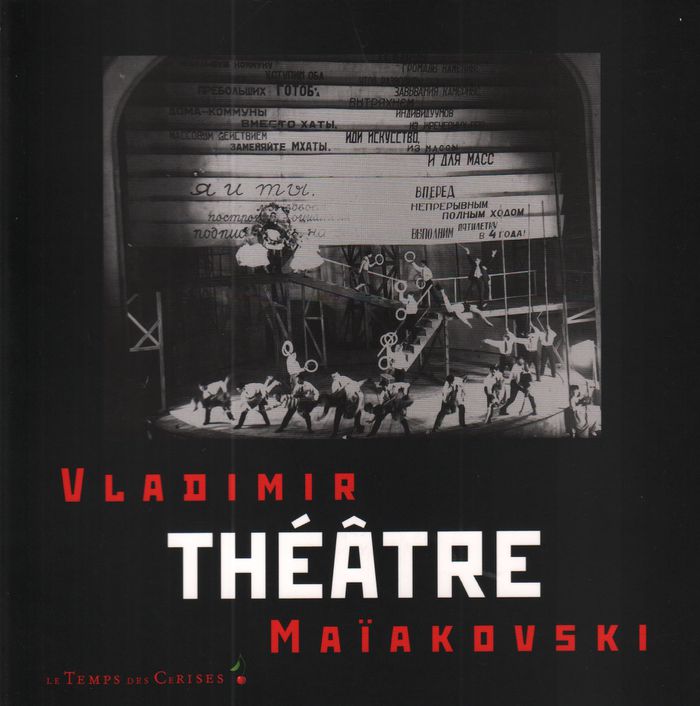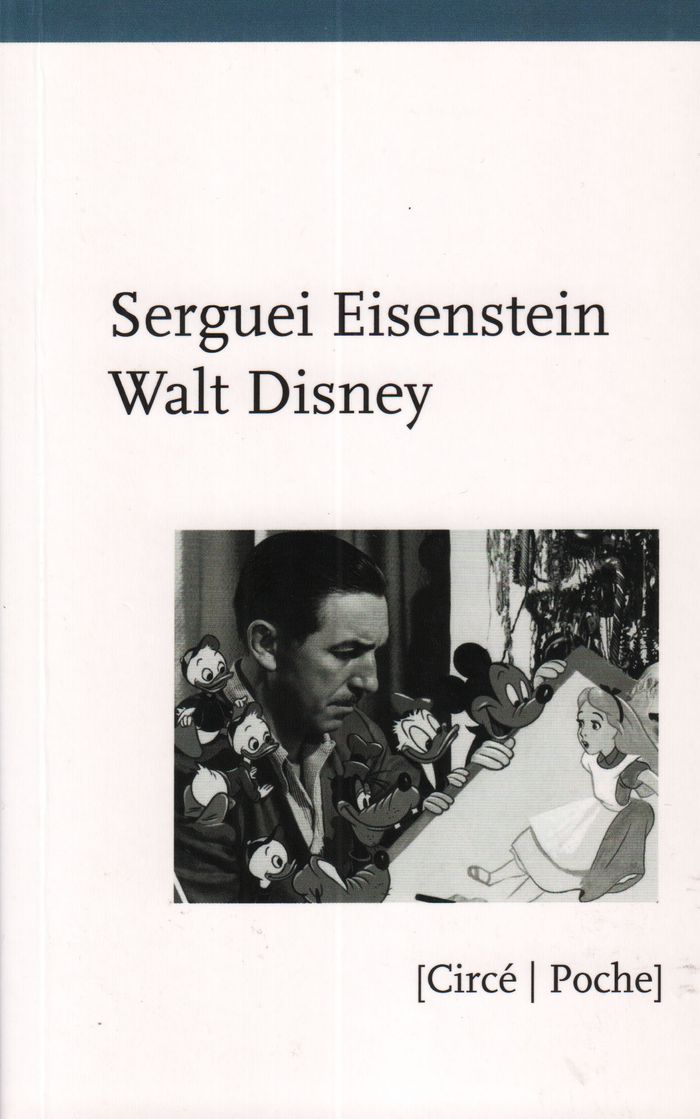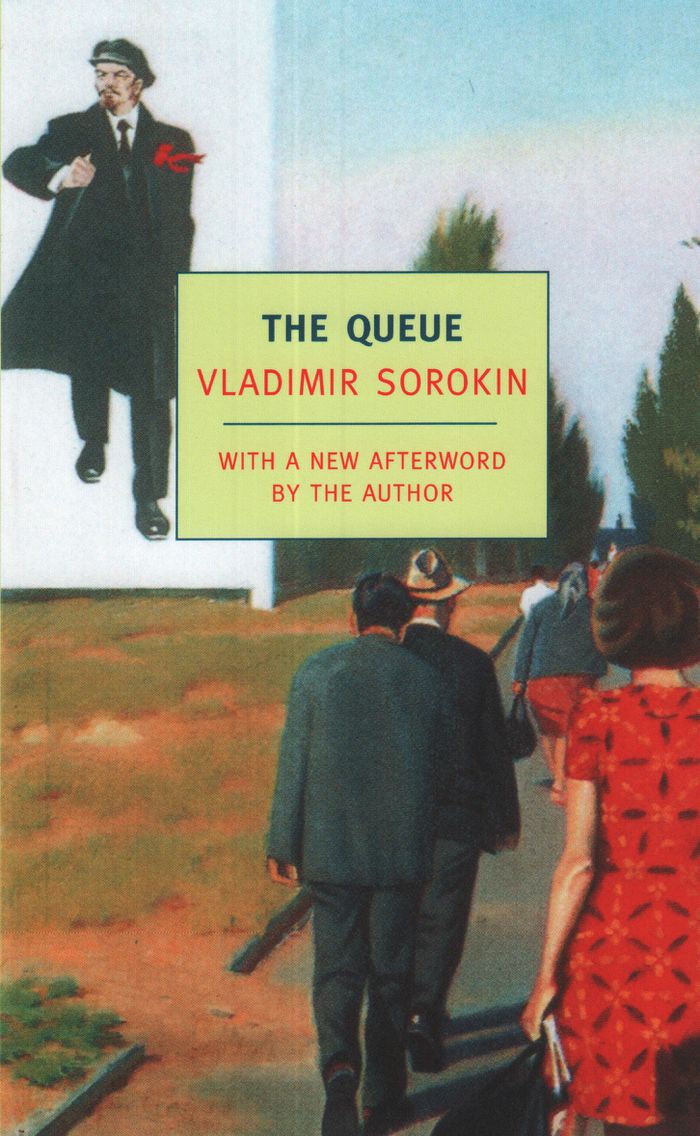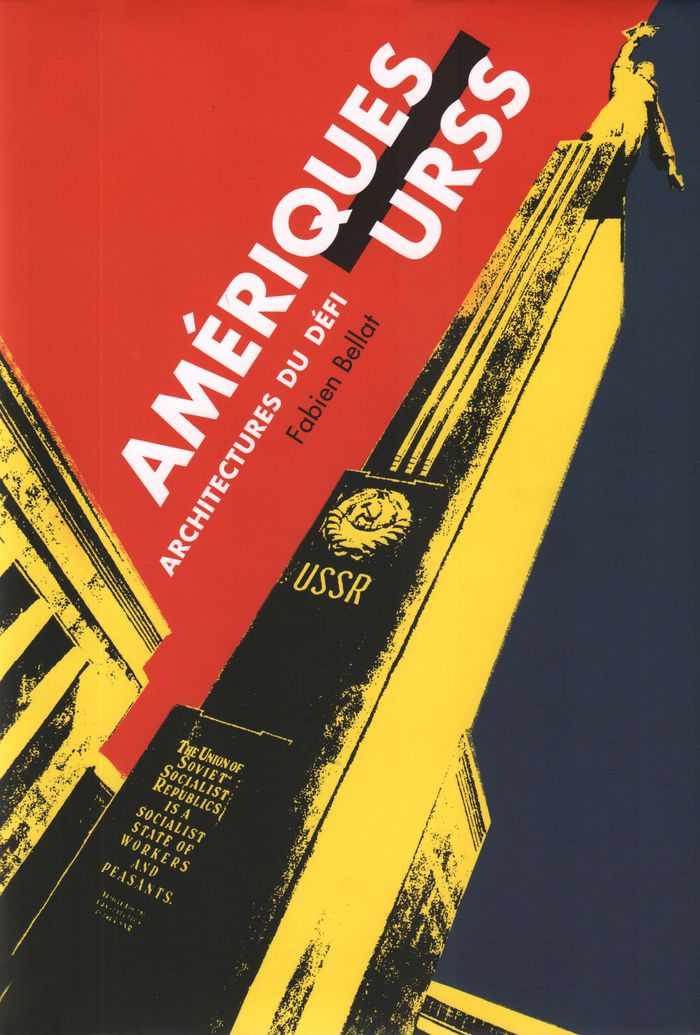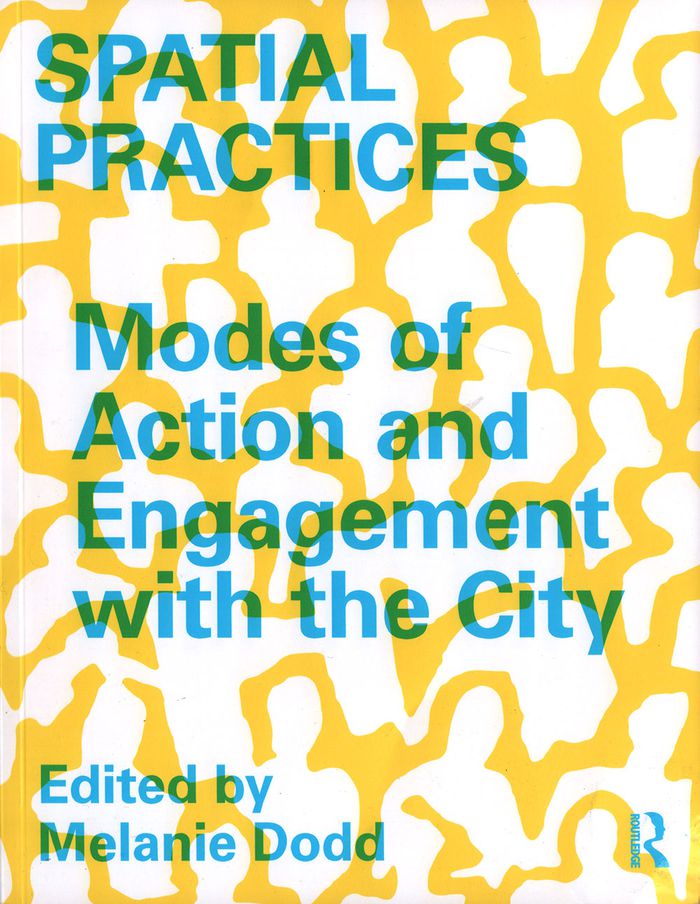$55.00
(available to order)
Summary:
Now in paperback, "Red star over Russia" is a visual history, using posters, photographs, paintings, magazine covers, advertisements, and ephemera to illustrate the dramatic birth and eventual decline of the Soviet Union. The book plunges the reader into the shattering events that brought hope, chaos, heroism, and horror to the citizens of the world’s first workers’(...)
Red star over Russia: a visual history of the Soviet Union
Actions:
Price:
$55.00
(available to order)
Summary:
Now in paperback, "Red star over Russia" is a visual history, using posters, photographs, paintings, magazine covers, advertisements, and ephemera to illustrate the dramatic birth and eventual decline of the Soviet Union. The book plunges the reader into the shattering events that brought hope, chaos, heroism, and horror to the citizens of the world’s first workers’ state. The Russian Revolution produced some of the most important advances in art, photography, and graphic design in the 20th century. More than 550 of these widely influential materials are reproduced here, accompanied by David King’s accessible text. King rescues from obscurity many lost heroes and villains through the work of the most brilliant Soviet artists, many of them anonymous or long forgotten.
Current Exhibitions
$40.00
(available to order)
Summary:
Building Subjects, the fourth issue of Standpunkte Magazine, is a collaboration between the architect De Peter Yi, the art historian Nancy P. Lin, and the graphic design studios Normal and Some All None. The publication revolves around collective housing in China, an architectural challenge expressive of the country's ongoing negotiations between its rich history and(...)
September 2019
Building subjects: collective housing in China
Actions:
Price:
$40.00
(available to order)
Summary:
Building Subjects, the fourth issue of Standpunkte Magazine, is a collaboration between the architect De Peter Yi, the art historian Nancy P. Lin, and the graphic design studios Normal and Some All None. The publication revolves around collective housing in China, an architectural challenge expressive of the country's ongoing negotiations between its rich history and undetermined future. The study combines typological research with the modes of the architectural manifesto by establishing an exchange between cultural-historical observations, the consideration of contemporary socio-economic pressures, and evolving architectural aspirations. Through a close reading of spaces from monumental utopian communes in Beijing to round earthen dwellings in the Fujian province, Building Subjects stages collective housing as a key to residential architecture in China. The publication is simultaneously inward and outward looking, and this duality is also reflected in its meticulously composed layout: documentary photography and detailed axonometric drawings are juxtaposed to establish a correspondence between old and new, between reality and projection.
Charlie Chaplin
$10.95
(available to order)
Summary:
« Lorsqu'on pense à Chaplin, on a envie, avant tout, de faire la lumière sur cet étrange mode de pensée qui lui permet de voir les événements d'une manière si bizarre et de leur répondre par des images d'une telle bizarrerie ; et, dans ce mode de pensée, d'identifier l'élément qui, avant même de se constituer en vision du monde, existe au stade de l'observation du monde(...)
Charlie Chaplin
Actions:
Price:
$10.95
(available to order)
Summary:
« Lorsqu'on pense à Chaplin, on a envie, avant tout, de faire la lumière sur cet étrange mode de pensée qui lui permet de voir les événements d'une manière si bizarre et de leur répondre par des images d'une telle bizarrerie ; et, dans ce mode de pensée, d'identifier l'élément qui, avant même de se constituer en vision du monde, existe au stade de l'observation du monde environnant. Bref, nous ne nous occuperons pas de la conception du monde de Chaplin, mais de sa perception du monde, de sa capacité à appréhender la vie, laquelle engendre les conceptions inimitables, uniques, de ce qu'on appelle l'humour chaplinien... »
Current Exhibitions
Douze (éd. français-russe)
$11.95
(available in store)
Summary:
Douze poèmes liés entre eux par la continuité narrative relatent l'avancée de douze soldats dans une tempête de neige. Rédigée en janvier 1918, cette oeuvre a pour thème central l'âme de la révolution et sera revendiquée comme étendard par les bolcheviques. Son rythme novateur crée le vers tonique libre russe, l'effacement de la distinction entre la cadence du vers et(...)
Douze (éd. français-russe)
Actions:
Price:
$11.95
(available in store)
Summary:
Douze poèmes liés entre eux par la continuité narrative relatent l'avancée de douze soldats dans une tempête de neige. Rédigée en janvier 1918, cette oeuvre a pour thème central l'âme de la révolution et sera revendiquée comme étendard par les bolcheviques. Son rythme novateur crée le vers tonique libre russe, l'effacement de la distinction entre la cadence du vers et celle de la langue parlée.
Current Exhibitions
Le nuage en pantalon
$19.95
(available to order)
Summary:
Avec « Le Nuage en pantalon » (1914-1915), le futurisme, avec son pantalon de nuage annonciateur d'orages en blouse jaune tournesol, fait son entrée fracassante sur la place publique et la scène littéraire en Russie... Pour tout homme qui aime et qui espère, les paroles de Maiakovski restent gravées en lettres de feu dans la chair et le sang de ce siècle.
Le nuage en pantalon
Actions:
Price:
$19.95
(available to order)
Summary:
Avec « Le Nuage en pantalon » (1914-1915), le futurisme, avec son pantalon de nuage annonciateur d'orages en blouse jaune tournesol, fait son entrée fracassante sur la place publique et la scène littéraire en Russie... Pour tout homme qui aime et qui espère, les paroles de Maiakovski restent gravées en lettres de feu dans la chair et le sang de ce siècle.
Current Exhibitions
$31.95
(available to order)
Summary:
Toute la poésie de Maïakovski est habitée par le théâtre. Depuis Vladimir Maïakovski, tragédie, Le nuage en pantalon et Mystère-Bouffe, il ne cesse de dresser le spectacle du moi lyrique, aux prises avec la tragédie héroïque et joyeuse de sa lutte contre la petitesse de la vie, sur la scène de la Russie, du monde, de la guerre, de la Révolution, de l'histoire et même des(...)
Théâtre
Actions:
Price:
$31.95
(available to order)
Summary:
Toute la poésie de Maïakovski est habitée par le théâtre. Depuis Vladimir Maïakovski, tragédie, Le nuage en pantalon et Mystère-Bouffe, il ne cesse de dresser le spectacle du moi lyrique, aux prises avec la tragédie héroïque et joyeuse de sa lutte contre la petitesse de la vie, sur la scène de la Russie, du monde, de la guerre, de la Révolution, de l'histoire et même des siècles à venir... Ce volume présente une nouvelle traduction de ses grandes pièces, « Bains publics » et « La Punaise », ainsi qu'une pièce inédite en français : « Moscou bride. »
Current Exhibitions
Walt Disney
$12.95
(available to order)
Summary:
« Parmi les caractéristiques étranges des habitants de ce continent - l'Amérique du Nord -, il en est une qui veut que chacun se choisisse des étoiles déterminées et vive en fonction d'elles. Ces étoiles ne sont pas célestes, mais cinématographiques, ce qui ne change rien à l'affaire. En revanche, cela permet d'augmenter sensiblement le fonds de roulement du ministère des(...)
Walt Disney
Actions:
Price:
$12.95
(available to order)
Summary:
« Parmi les caractéristiques étranges des habitants de ce continent - l'Amérique du Nord -, il en est une qui veut que chacun se choisisse des étoiles déterminées et vive en fonction d'elles. Ces étoiles ne sont pas célestes, mais cinématographiques, ce qui ne change rien à l'affaire. En revanche, cela permet d'augmenter sensiblement le fonds de roulement du ministère des P. et T. grâce au flot continu de lettres adressées aux dites étoiles bien-aimées. Raillant quelque peu cette bizarrerie et cette passion, le New-yorker fit paraître un jour une caricature : une très vieille lady de la plus haute société, - avec diadème en diamants dans ses cheveux blancs et laquais obséquieusement courbé à l'écart, - se livre à la même occupation qu'une quelconque jeune modiste ou n'importe quel office-boy : elle écrit à la star de son coeur. Mais le noeud de l'affaire n'est pas dans l'acte même d'écrire. Il est dans le destinataire. La lettre commence par : « Dear Mickey Mouse... » Là est l'essentiel... »
Current Exhibitions
$22.95
(available to order)
Summary:
Vladimir Sorokin’s first published novel, "The Queue," is a sly comedy about the late Soviet 'years of stagnation.' Thousands of citizens are in line for . . . nobody knows quite what, but the rumors are flying. Leather or suede? Jackets, jeans? Turkish, Swedish, maybe even American? It doesn’t matter–if anything is on sale, you better line up to buy it. Sorokin’s tour de(...)
The queue
Actions:
Price:
$22.95
(available to order)
Summary:
Vladimir Sorokin’s first published novel, "The Queue," is a sly comedy about the late Soviet 'years of stagnation.' Thousands of citizens are in line for . . . nobody knows quite what, but the rumors are flying. Leather or suede? Jackets, jeans? Turkish, Swedish, maybe even American? It doesn’t matter–if anything is on sale, you better line up to buy it. Sorokin’s tour de force of ventriloquism and formal daring tells the whole story in snatches of unattributed dialogue, adding up to nothing less than the real voice of the people, overheard on the street as they joke and curse, fall in and out of love, slurp down ice cream or vodka, fill out crossword puzzles, even go to sleep and line up again in the morning as the queue drags on.
Current Exhibitions
$60.00
(available to order)
Summary:
L'Union soviétique observa de près l'Amérique. Pour Staline et ses successeurs, l'architecture aussi devait participer à cette étude primordiale afin d'asseoir la domination mondiale du communisme. Dès les années 1920, les soviétiques envoyèrent aux USA des architectes pour apprendre à construire des gratte-ciel, se servirent de leurs pavillons aux expositions(...)
Amériques URSS : architectures du défi
Actions:
Price:
$60.00
(available to order)
Summary:
L'Union soviétique observa de près l'Amérique. Pour Staline et ses successeurs, l'architecture aussi devait participer à cette étude primordiale afin d'asseoir la domination mondiale du communisme. Dès les années 1920, les soviétiques envoyèrent aux USA des architectes pour apprendre à construire des gratte-ciel, se servirent de leurs pavillons aux expositions universelles de New York 1939 et Montréal 1967 pour diffuser leur propagande, coopérèrent à la construction du siège de l'ONU, bâtirent entre les décennies 1950 et 1980 d'imposantes ambassades à Ottawa, Washington, Brasilia, La Havane. Tous ces monuments devaient symboliser la puissance de l'URSS jusque sur le continent américain. Ces regards vers les Amériques influencèrent même la création soviétique, les gratte-ciel staliniens donnant à Moscou une nouvelle silhouette impériale. Ainsi l'architecture soviétique contesta avec violence ou assimila avec subtilité la culture américaine. Dans cette guerre des symboles entre deux mondes antagonistes, chaque projet ou réalisation architecturale se transforma donc en instrument de conquête.
$67.95
(available to order)
Summary:
This book explores ‘spatial practices’, a loose and expandable set of approaches that embrace the political and the activist, the performative and the curatorial, the architectural and the urban. Acting upon and engaging with the public realm, the field of spatial practices allows people to reconnect with their own sense of agency through engagement in space and place,(...)
Spatial practices: modes of action and engagement with the city
Actions:
Price:
$67.95
(available to order)
Summary:
This book explores ‘spatial practices’, a loose and expandable set of approaches that embrace the political and the activist, the performative and the curatorial, the architectural and the urban. Acting upon and engaging with the public realm, the field of spatial practices allows people to reconnect with their own sense of agency through engagement in space and place, exploring and prototyping alternative futures in the here and now. The 24 chapters contain essays, visual essays and interviews, featuring contributions from an international set of experimental practitioners including Jeanne van Heeswijk (Netherlands), Teddy Cruz (Estudio Teddy Cruz + Fonna Forman, San Diego), Hector (USA), The Decorators (London) and OOZE (Netherlands). Beautifully designed with full colour illustrations, Spatial Practices advances dialogue and collaboration between academics and practitioners and is essential reading for students, researchers and professionals in architecture, urban planning and urban policy.
